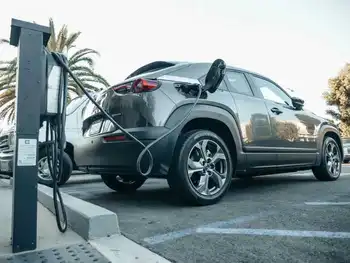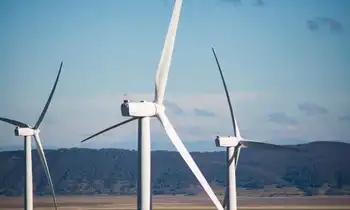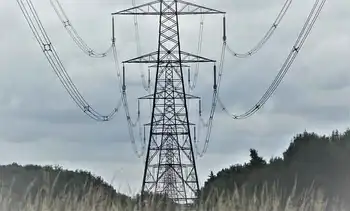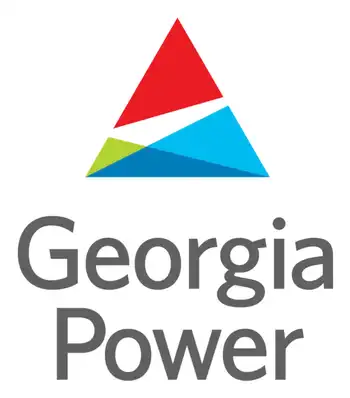Struggling with Coal Mining Safety
"Don't let politicians who don't know anything about the industry make decisions about our lives in the coal mines," said McClung, one of a 10-member rescue team at Massey's Elk Run mine in the mountains of West Virginia.
With the August deaths of six coal miners and three rescuers at a mine in Utah fresh in mind, the U.S. Congress is considering new regulations that would require more rescue teams, equipment, oversight and training at America's 653 underground coal mines.
But as regulators come up with new safety measures, mine operators complain sweeping changes passed by Congress last year haven't even been implemented yet - and technology being proposed by politicians, including locating devices and wireless communication, is not yet invented.
"The problem is that decisions are being made, much of it in reaction to some very sad tragedies, by people who, while well-intentioned... aren't as well informed about the potential impact of their actions as we'd like them to be," said Elizabeth Chamberlin, vice president of safety and training at Massey Energy Co in Charleston, West Virginia.
Massey has estimated that the new federal mine safety rules could cost it $24 million in the next two years. In March, Massey was fined $1.5 million, the highest for mine safety violations, after two miners died in a fire at one of its West Virginia mines.
Still, it's hard to blame Congress for the sense of urgency. There were 24 coal mining fatalities in 2007, after 47 deaths in 2006. From 1997 to 2006, an average of 33 U.S. coal miners died each year in accidents, according to the Mine Safety and Health Administration (MSHA).
Experts worry the death toll may only rise as coal companies undertake more dangerous projects in search of a dwindling supply of coal in a country that relies on the black rock for more than half of its electricity needs.
"The easy-picking coal is gone, we've been mining for more than 100 years. Now we're into more difficult circumstances, and we damn well better be willing to find ways to find miners underground and get them out more quickly," said Davitt McAteer, who was mine safety director for President Bill Clinton in the 1990s.
But those in the mining industry argue knee-jerk reactions to disasters can also create problems.
Rescue team member McClung was annoyed by a proposal to make each miner carry 16 hours of breathable air - even though one-hour belt-mounted units weigh eight pounds each. Mines instead have to cache oxygen at regular intervals underground.
Still, while mining companies complain they cannot equip mines with wireless communication and locaters until technology that can work through solid rock has been invented, critics say the technology will be developed once the motivation is there.
"If we had shut down all the mines we'd come up with a solution pretty quickly," McAteer said.
Joe Carter, international vice-president of the United Mine Workers of America District 17, agreed.
"Greed for profit is the highest stumbling block to advancing mine safety and health," said Carter. "Health and safety has been left to idle as companies focused on low coal prices and pressure on profits."
But union leaders, mine operators and experts alike also say the government system of regulation and research is fatally flawed - though they disagree about what exactly is broken.
McAteer, now vice president at Wheeling Jesuit University in West Virginia, said MSHA regulators changed direction when Republican President George W. Bush took over in 2001, becoming more of an advisory body than inspection force.
MSHA chief Richard Stickler, a former coal executive, is under fire for his agency's decision to approve the mining plan for Murray Energy's Crandall Canyon in Utah, the mine where six miners and three rescuers died in August.
Carter also said a decline in union representation from about 95 percent of workers in 1976 to less than 50 percent today has made mines more dangerous, because workers are afraid to speak out about unsafe conditions.
Retired miner Chuck Nelson, 57, agrees. Nelson spent 28 years in both union and nonunion mines in West Virginia and has seen it all: fires, collapsing roofs, one man crushed by equipment and another killed when a rock bolt fell on him.
"When you're a worker you don't say nothing about safety," said Nelson. "You can't dwell on it, you have to go on."
Related News

New Texas will bill electric vehicle drivers an extra $200 a year
DALLAS - Plano resident Tony Federico bought his Tesla five years ago in part because he hated spending lots of money on gas. But that financial calculus will change slightly on Sept. 1, when Texas will start charging electric vehicle drivers an additional fee of $200 each year.
“It just seems like it’s arbitrary, with no real logic behind it,” said Federico, 51, who works in information technology. “But I’m going to have to pay it.”
Earlier this year, state lawmakers passed Senate Bill 505, which requires electric vehicle owners to pay the fee when they register a vehicle or renew their…





